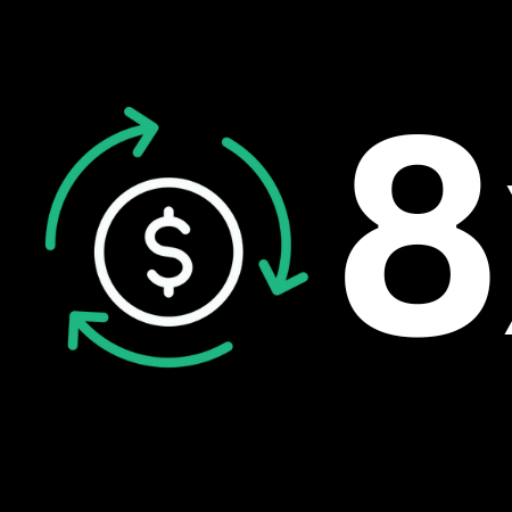
The Dow Jones Industrial Average is one the most well-respected stock indices. It’s used as an indicator for the US’ economic health and gives insight into the performance a number of America’s most publicly traded companies. In this article, we’ll take a closer look at DJIA history, composition, calculation method, advantages/disadvantages and role in wider economic landscape.
History of DJIA
Charles Dow was a journalist and cofounder of Dow Jones & Company. He founded the DJIA on 1896. It included 12 companies that were all major industrial players. This was done to give an overall picture of the US economy and not just individual companies. As economic conditions change, the DJIA’s composition has changed. Today, the DJIA includes 30 companies in various industries, such as finance, technology and healthcare. It includes prominent names like Apple, Microsoft Goldman Sachs, Coca-Cola and Microsoft.
Composition and use of the DJIA
The DJIA editors select the companies that are included. The DJIA is owned by Dow Jones & Company. Although criteria for inclusion in the index are not disclosed publicly, it is generally understood that companies must be leaders and have a significant economic impact on the United States. In selecting companies for inclusion in the index, other factors include company size, financial stability, liquidity, and so forth. The DJIA comprises companies from diverse industries and sectors. This includes technology, finance retail, healthcare, and finance. However, it also includes companies that are from energy, aerospace, telecommunications, and other sectors.
Calculation Methodology of DJIA
DJIA, a price-weighted Index, means that the price of each stock is used to determine its value. The sum of stock price from 30 companies is divided by the divisor to calculate its value. The DJIA value is calculated by adjusting the divisor periodically to reflect stock splits, spinoffs, and other corporate actions. This divisor, which is currently much lower than its initial value, reflects growth in US stock market activity and economic activity.
What are the Disadvantages and Benefits of DJIA Regulations?
The DJIA offers several primary advantages. It’s user-friendly, even for beginners, with its price-weighted calculation process. However, some have criticized this method of calculation for leading to distortion in index performance due to companies with large stock prices but small market capitalizations having an disproportionate effect on the index. Furthermore, this year’s sample size for DJIA inclusion only amounts to 30 companies – far smaller than other indices like S&P 500.
Role of DJIA within the Economic Landscape
What role does DJIA play in the overall economy landscape?The DJIA, despite these criticisms is an important indicator about the US’ economic health. Investors, economists, policymakers and others closely track its performance as a gauge of economic growth. To give a clear picture of the US economy’s state, the DJIA may be combined with other economic indicators such as GDP. The DJIA also serves as an indicator for investment performance. Many mutual funds, exchange-traded funds (ETFs), and other investment vehicles track its movement. This gives investors easy access into a wide section of the US stockmarket. Many investors also use DJIA for their own investments, purchasing or selling stocks based off its movement. The DJIA can also have implications for global economies. Changes to the DJIA can impact markets and economies all around the world, as the US economy has the largest market. Changes in investor mood can lead to fluctuations in currency exchange rate, trade flows, or other economic variables.
Recent Performances of the DJIA
The DJIA index, which has reached new heights in 2020, and 2021, has shown incredible strength over the past few years. Despite the economic damage caused by COVID-19 Pandemic, it rebounded quickly and continued its upward march throughout 2018, buoyed both by government stimulus measures and the resilience of many US companies. The DJIA surpassed 35,000 point in August 2021 to set a new record. This was due both to the impressive earnings season of many companies in the index and low interest rates and strong economic development. The DJIA is a risky investment. Its performance is subject to fluctuations due to changes in interest rate, geopolitical factors and consumer behavior. Before investing in any stock index, including DJIA, investors should assess their investment objectives as well as their risk tolerance.
Conclusion: The Dow Jones Industrial Average is a powerful indicator of the US’ economy and performance of some large publicly traded companies. The index’s composition, calculation methodology, and final results are closely monitored by economists around the world and policymakers. Despite the critics, this index remains valuable for investors as an indicator of investment performance. However, as with all investment decisions, it’s important to carefully weigh the risks and benefits before making any final decisions.

